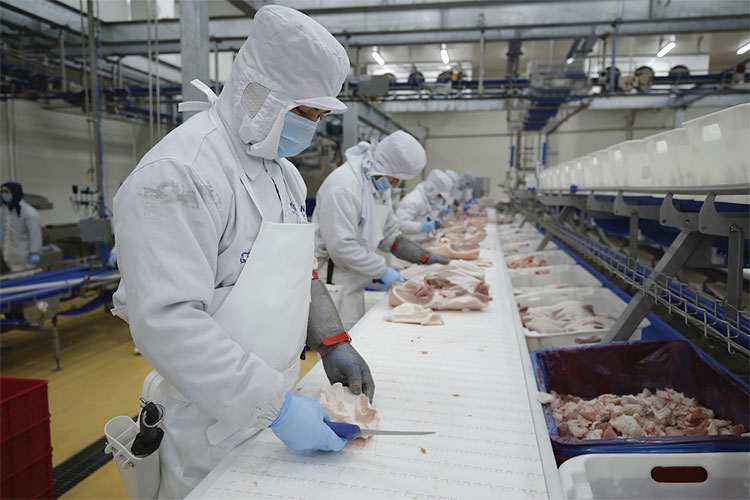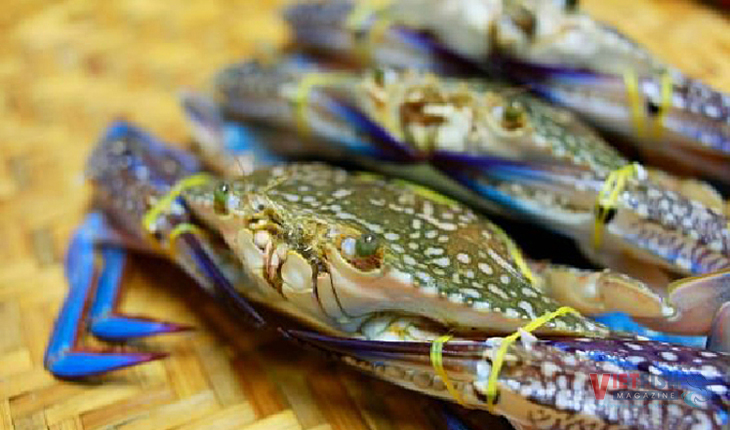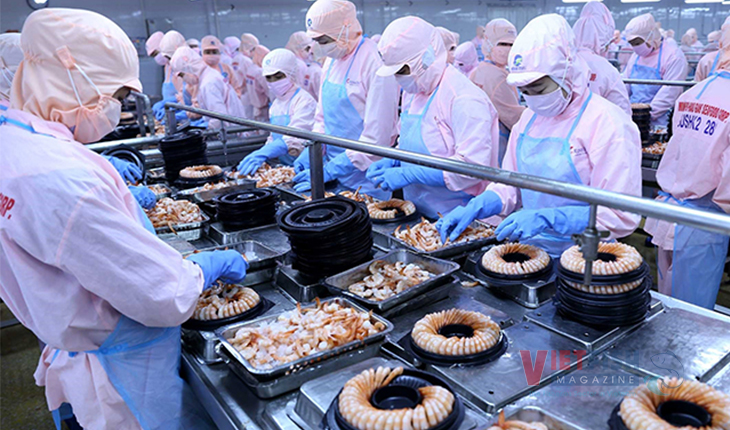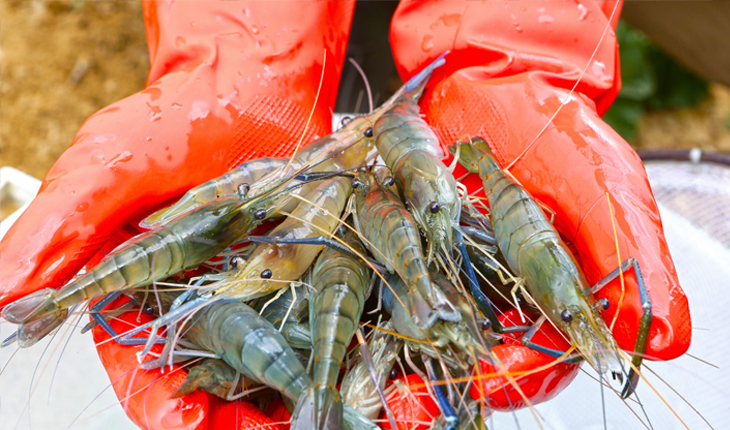Vietnam’s pangasius exports to the US surged in April
According to Vietnam’s General Department of Customs, pangasius exports to the US reached nearly $38 million, up 34% from the same period last year.
By the end of April, the US had consumed $102 million worth of pangasius, representing a 19% y-o-y increase. Specifically, the exports of value-added pangasius products to the US rose by 8.5 times, up to $860 thousand.
Meanwhile, the imports of frozen pangasius into the US market in April saw a 72% decrease, valued at $165 thousand. Vietnam achieved nearly $1 million from exporting frozen pangasius to the US in the first four months of the year, down 28% y-o-y.
Frozen pangasius fillet has remained the key item, with a $37 million worth being recorded in April, up 35% from the same period last year, representing the highest level of pangasius products code 0304 (except for surimi and grilled chopped fish) sent to the US since earlier this year. Vietnam achieved more than $100 million from exporting frozen pangasius fillet to the US by the end of April, up 19% y-o-y, accounting for 98% of the total pangasius exports to the US.
Intentionally, in July, DOC will give the final decision about whether or not recognizing Vietnam’s transition from a non-market economy to a market economy. In case Vietnam is affirmed as a market economy, the country will have some advantages in the coming administrative review of anti-dumping duties for pangasius and shrimp.
VFM






